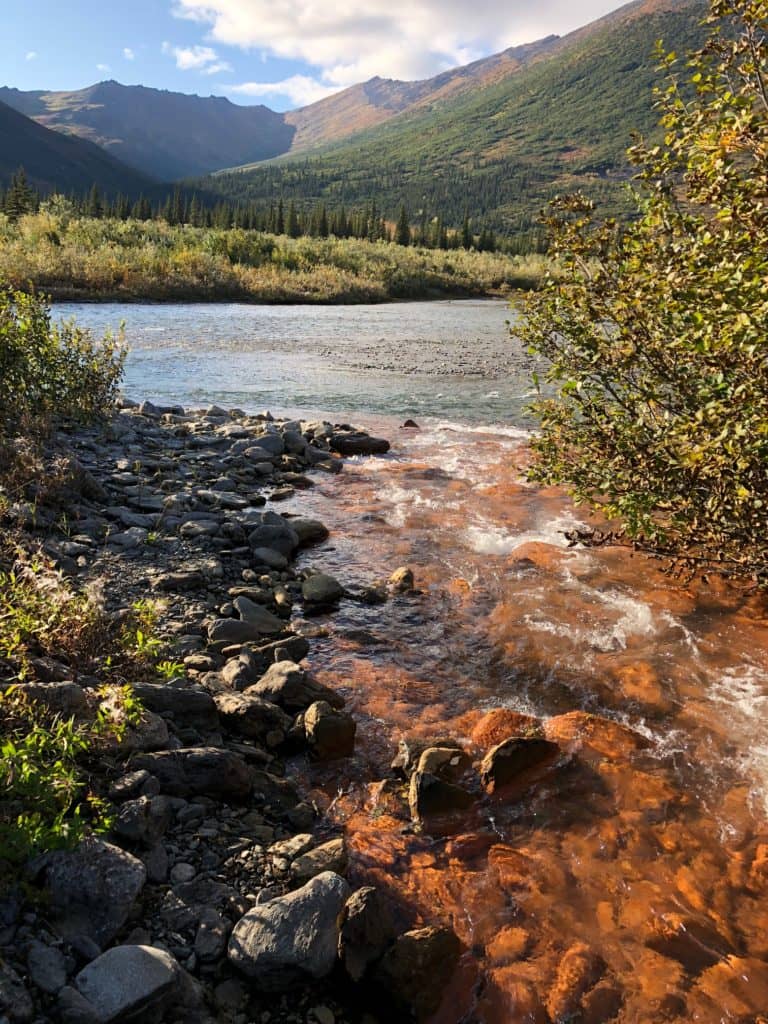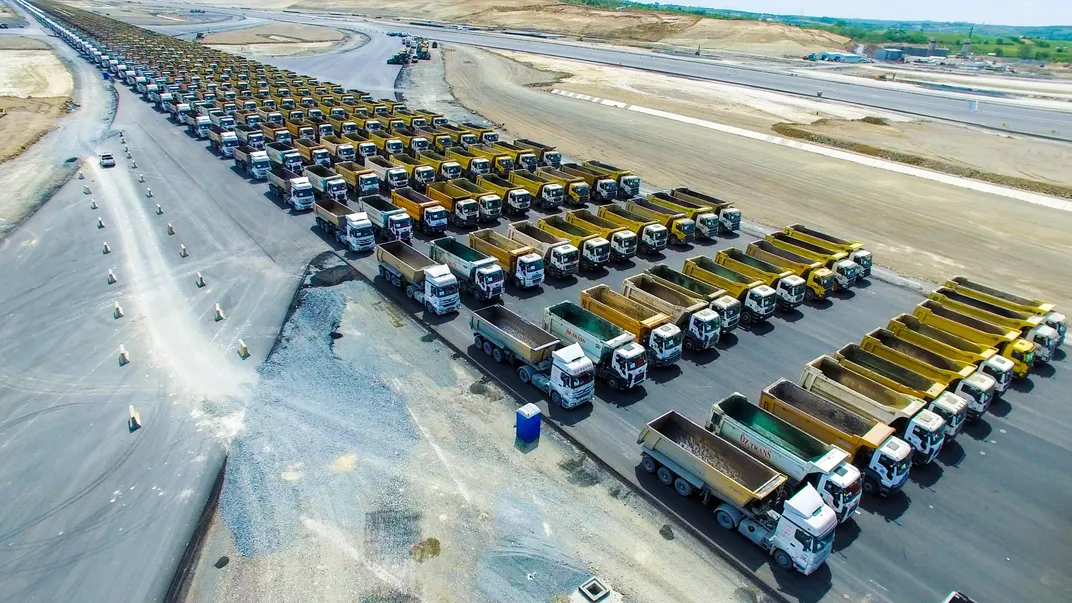Caitlin Clark’s rise to prominence in women’s basketball has sparked a multifaceted debate about talent, privilege, and representation.
While her exceptional skills are undeniable, discussions on “The View” highlight other factors contributing to her popularity, such as white privilege, pretty privilege, and tall privilege.
Caitlin Clark’s Background

Before we delve into the debate, let’s explore Caitlin Clark’s journey.
Clark’s achievements at the University of Iowa are nothing short of spectacular.
She is the all-time leading scorer in Division I NCAA women’s basketball, a testament to her consistent performance and relentless drive.
Clark led Iowa to consecutive appearances in the national championship game, a feat that underscores her influence on the court.
Her ability to perform under pressure and guide her team to success has been a significant factor in her rise to stardom.
Transitioning to the WNBA, Clark was drafted first overall by the Indiana Fever.
This move was highly anticipated, with fans and analysts eager to see how her collegiate success would translate to the professional arena.
Her debut with the Indiana Fever on May 14 was closely watched, and she did not disappoint.
Clark’s performance solidified her status as a promising new star in the league, continuing her momentum from college to the professional stage.
The Role of Talent
:max_bytes(150000):strip_icc():focal(999x0:1001x2)/caitlin-clark-indiana-fever-042224-98889a0758fb4446b49de43719c6a748.jpg)
Clark’s skill on the basketball court is evident.
Her impressive statistics and game highlights speak volumes about her abilities.
From scoring to assists, her contributions are critical to her team’s success.
Whoopi Goldberg, co-host of “The View,” passionately defended Clark’s talents, stating, “To have her reduced that way bothered me a lot because this is her record…This is why she’s getting the attention she’s getting, because she’s a damn good player.”
Goldberg’s emphasis on Clark’s record highlights the importance of acknowledging talent irrespective of external factors.
Clark’s knack for making game-changing plays has endeared her to fans and fellow players alike.
Her ability to perform consistently at a high level is a significant reason for her popularity and the attention she receives from the media and sponsors.
It’s clear that talent plays a crucial role in Clark’s rise.
However, this alone does not explain the entirety of her widespread appeal, prompting a deeper look into other contributing factors.
White Privilege in Sports
Former ESPN anchor Jemele Hill argued that Caitlin Clark’s race has significantly influenced her popularity.
In a comment to the Los Angeles Times, Hill stated, “Clark’s race has played a role in her popularity.”
This assertion opens up a broader discussion on white privilege in sports.
Sunny Hostin, co-host of “The View,” echoed this sentiment.

On the show, she remarked, “I do think that there is a thing called white privilege. There is a thing called pretty privilege. There is a thing called tall privilege. We have to acknowledge that.”
Hostin’s perspective suggests that these forms of privilege have contributed to Clark’s widespread appeal.
Hostin further elaborated, “I do think she is more relatable to more people because she’s white, because she’s attractive.”
This relatability factor is crucial in understanding why certain athletes gain more media attention and sponsorships compared to others.
The discussion of white privilege in sports is not new, but Clark’s case brings it to the forefront once again.
It raises important questions about the role of race in the visibility and marketability of athletes.
Pretty Privilege
:max_bytes(150000):strip_icc()/The-View-020824-64ce76da9e6249c380b26be987018fa0.jpg)
The concept of pretty privilege, while controversial, plays a role in how athletes are perceived and marketed.
Hostin highlighted this by saying, “There is a thing called pretty privilege.”
The idea here is that attractiveness can influence the level of attention an athlete receives.
Hostin’s argument suggests that Clark’s attractiveness has contributed to her popularity.
“I do think she is more relatable to more people because she’s white, because she’s attractive,” Hostin noted.
This notion of relatability is key in the discussion of pretty privilege.
Pretty privilege can affect media coverage and sponsorship opportunities.
Attractive athletes often receive more endorsements, which can further boost their public profiles and marketability.
While Clark’s talent is undeniable, the added layer of pretty privilege provides another dimension to her widespread appeal, influencing how she is perceived and celebrated in the sports world.
Tall Privilege

Tall privilege is another aspect worth examining.
In sports like basketball, height can be a significant advantage.
Hostin mentioned this when she said, “There is a thing called tall privilege.”
Clark’s height certainly gives her an edge on the court, allowing her to dominate in ways that shorter players might struggle with.
This physical attribute, combined with her skills, makes her a formidable player.
Hostin’s comments point to the broader societal preference for tall athletes, which can influence their popularity and marketability.
Height can enhance an athlete’s presence both on and off the court.
In Clark’s case, her height is part of what makes her such an effective player, contributing to her overall appeal and success in the sport.
Comparisons to Other Players

Brittney Griner’s experience provides a contrasting perspective.
Griner, a talented player, had to play in Russia for better pay, highlighting the economic disparities in the sport.
Hostin referenced this by asking, “Why did she have to go to play in Russia? Because they wouldn’t pay her.”
This comparison underscores the financial challenges that many players face, especially those who do not benefit from the same privileges as Clark.
It points to systemic issues within the sport that affect players differently based on race and other factors.
Jemele Hill also criticized brands like Nike for not sponsoring more diverse players.
“Black women are often erased from the picture,” Hill said.
This erasure is a significant issue that needs to be addressed to ensure equitable opportunities for all players.
Clark’s lucrative deals with Nike and Wilson highlight the disparity in sponsorships.
Her success in securing these deals contrasts sharply with the experiences of many Black women in the league, shedding light on the need for more inclusive marketing practices.
LGBTQ+ Representation in the WNBA

Hostin also touched on the stigma against LGBTQ+ athletes.
She stated, “Seventy percent of the WNBA is Black, a third of the players are in the LGBTQ+ community. We have to do something about that stigma in this country.”
This stigma can affect the popularity and acceptance of LGBTQ+ players.
Hostin highlighted that societal biases still play a role in how athletes are perceived, particularly those who identify as LGBTQ+.
Clark, who has been dating her boyfriend Connor McCaffrey since August 2023, benefits from a more traditionally accepted sexual orientation.
Hostin suggested that this aspect of her personal life also aids in her broad appeal.
Addressing the stigma against LGBTQ+ athletes is crucial for creating a more inclusive and accepting sports environment.
It’s essential for the media and fans to support all players regardless of their sexual orientation.
The Intersection of Privilege and Representation
Balancing the recognition of Clark’s talent with discussions of privilege is complex.
Hostin’s and Hill’s comments highlight the intersection of various privileges that contribute to her popularity.
Goldberg’s analogy to Ivy League admissions provides a useful comparison.
She said, “When people say stuff like that, that’s like people saying, ‘Oh, you only got into this Ivy League college because you’re Black.’”
This highlights the importance of acknowledging achievements without discounting systemic advantages.
It’s crucial to recognize Clark’s skill while also addressing the broader context of privilege that influences her visibility and marketability.
Both elements play a role in her overall appeal.
This balanced approach ensures that discussions about Clark’s rise are comprehensive and consider all relevant factors, from her talent to the privileges she may benefit from.
Impact on the WNBA

Clark’s influence on the WNBA’s visibility and financial growth is significant.
Her performance and marketability bring attention and resources to the league, benefiting other players as well.
Hostin acknowledged this positive impact, stating, “Now, Caitlin Clark is bringing this money, these sponsorships, we hope, into the league and other players will benefit from it.”
Clark’s popularity can help elevate the entire league.
Increased viewership and sponsorships due to Clark’s presence can provide more opportunities for all WNBA players, promoting growth and development within the league.
Clark’s success story can serve as a catalyst for broader recognition and support for women’s basketball, paving the way for future stars and ensuring the sport’s continued growth and visibility.
The View’s Panel Discussion
The diverse viewpoints from “The View” co-hosts provide a rich discussion on Clark’s popularity.
Alyssa Farah Griffin, for instance, expressed her enjoyment of Clark’s gameplay, stating she became a fan because Clark is “so fun to watch.”
Hostin and Goldberg have long advocated for broader recognition of women’s basketball.
Goldberg noted, “These women are oftentimes equal if not better, sometimes, than the folks you’re watching.”
This advocacy is crucial for promoting the sport.
Goldberg and Hostin’s efforts to bring attention to the WNBA highlight the need for consistent support and visibility for women’s sports, ensuring that talented players receive the recognition they deserve.
The panel’s discussion reflects the complexity of factors influencing Clark’s rise, from her talent to the privileges she may benefit from, offering a well-rounded view of the issues at play.
Media and Public Perception
Media coverage plays a significant role in shaping an athlete’s public image.
The portrayal of Clark versus other players can influence public perception and marketability.
The public’s reception to the debate on privilege and talent is mixed, with some fans focusing solely on Clark’s abilities while others acknowledge the role of privilege in her rise.
Ensuring balanced and fair media coverage is essential for promoting diversity and inclusion in sports.
Highlighting a wide range of athletes can help combat biases and ensure equitable representation.
The ongoing discussion about privilege in sports is necessary for creating a more inclusive environment where all athletes can thrive based on their merits and contributions.
Brand Endorsements and Economic Opportunities
Clark’s endorsement deals are a significant part of her rise.
She secured a $28 million deal with Nike and a historic brand deal with Wilson, highlighting her marketability and appeal.
These lucrative deals contrast sharply with the experiences of many other WNBA players, particularly those from diverse backgrounds who may struggle to secure similar opportunities.
The economic disparities in sponsorship deals within the WNBA underscore the need for more inclusive marketing practices that recognize and support a diverse range of athletes.
Promoting diversity in endorsements can help address these disparities, ensuring that all talented players have the opportunity to benefit from their skills and contributions to the sport.
Moving Forward: Addressing Inequities
To promote equity in sports, it’s essential to implement strategies that support diversity and inclusion.
This includes advocating for fair media coverage and inclusive marketing practices.
The role of media is critical in highlighting diverse athletes and ensuring that all players receive the recognition they deserve.
Balanced coverage can help combat biases and promote a more equitable sports environment.
Fans and organizations should continue to support initiatives that address inequities and promote diversity within the sport, ensuring that all athletes have equal opportunities to succeed.
By fostering an inclusive environment, the sports community can celebrate talent and skill while also recognizing and addressing systemic advantages and disadvantages.
Conclusion
Caitlin Clark’s rise to prominence in women’s basketball is a multifaceted story that encompasses talent, privilege, and representation.
While her skills are undeniably a significant factor in her success, the discussions around white privilege, pretty privilege, and tall privilege provide a broader context for her popularity.
Recognizing the intersection of these elements is crucial for a comprehensive understanding of her rise.
It’s essential to celebrate her achievements while also addressing the systemic factors that influence visibility and marketability in sports.
As we move forward, it’s important to continue the dialogue on equity in sports.
Supporting initiatives that promote diversity and inclusion will help ensure that all athletes have the opportunity to succeed based on their talents and contributions.
Let’s work towards a future where the sports community can celebrate all athletes, regardless of race, gender, or sexual orientation, fostering an environment where talent and hard work are the primary drivers of success.






























/https://tf-cmsv2-smithsonianmag-media.s3.amazonaws.com/filer/33/0d/330d7396-5e36-4ed2-94e0-7fbf80bb4ebd/06c_jj2018_kansaisatelliteiss045_live.jpg)






